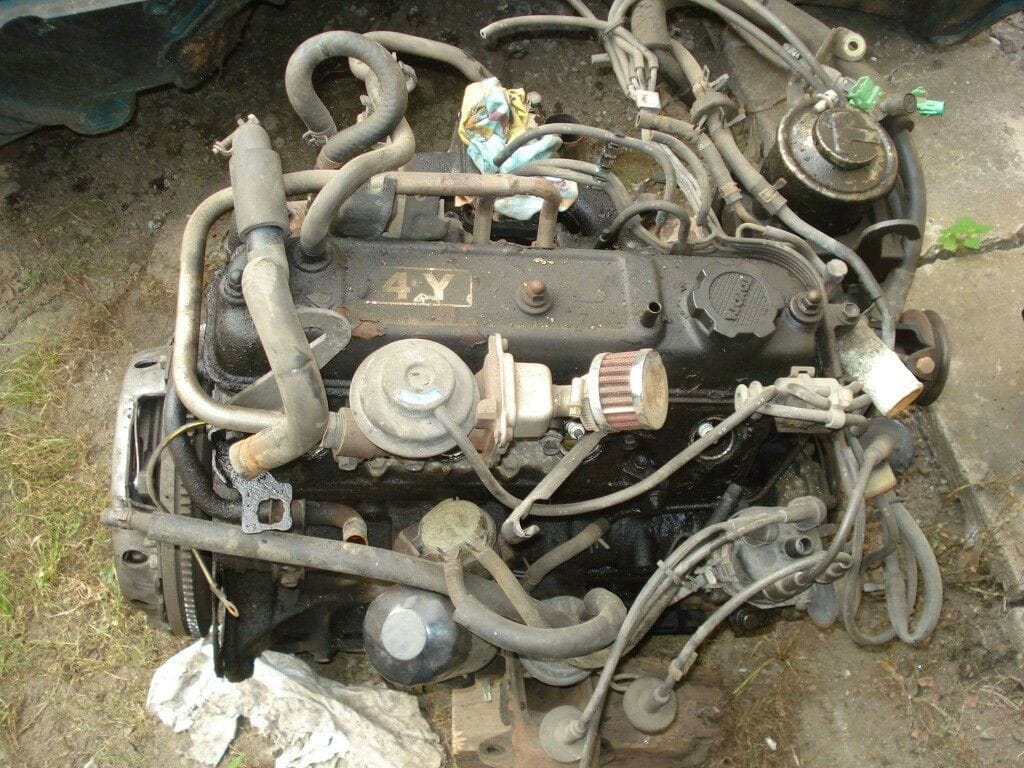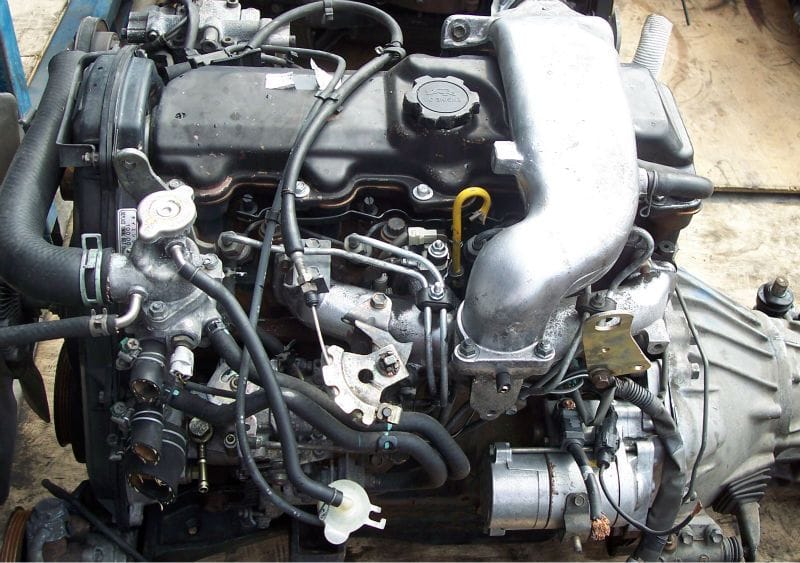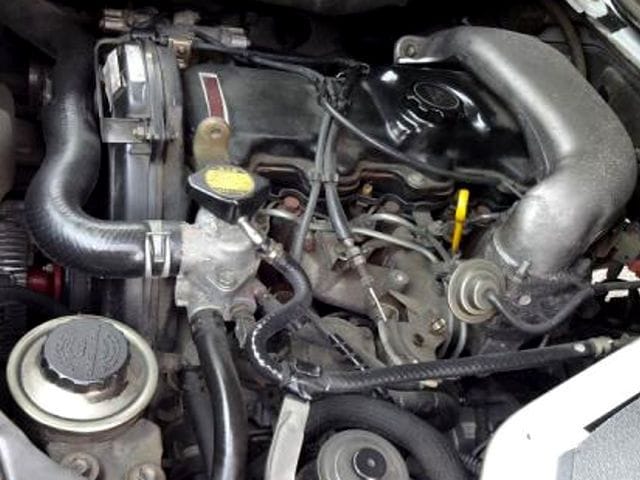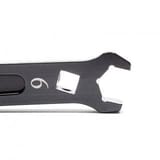Diving into Different Toyota Engines: 4Y, 2L2, 2L, 3L, and 5L
Toyota has a reputation for building engines that run forever, and nowhere is this more true than with their workhorse petrol and diesel powerplants. Whether you’re rebuilding an old Hilux, running a delivery fleet, or just curious about Toyota’s engine evolution, understanding the strengths and weaknesses of these motors can help you choose the right one for your needs.
In this guide, we’ll break down five popular Toyota engines—the 4Y, 2L2, 2L, 3L, and 5L—and share which one we think stands out as the best all-rounder.
1. The 4Y: Simple and Reliable Petrol Power
The 4Y engine is a 2.2-liter inline-four petrol engine commonly found in Hiluxes and HiAce vans. Known for its simplicity and low-maintenance design, it produces around 70–75 kW (94–100 hp) and delivers plenty of low-end torque for city driving and light hauling.
Because it’s carbureted, the 4Y is easy to work on without special diagnostic tools. Its main drawback is fuel economy—compared to diesel engines, it can be thirsty, especially when loaded or used for long distances.

🔗 More details on the 4Y engine
2. The 2L: The Diesel Workhorse
The 2L is a 2.4-liter naturally aspirated diesel engine. Introduced in the early 1980s, it became a mainstay in Hiluxes, HiAces, and Land Cruisers across Africa and Asia.
Known for rugged reliability and simplicity, the 2L is easy to maintain and forgiving if you fall behind on service intervals. However, it’s not the most powerful option—expect about 55–60 kW (75–80 hp), making it feel underpowered on steep hills or heavy loads.
3. The 2L II: Slight Improvements
The 2L II (sometimes called the 2L-2) was an updated version of the original 2L, featuring refinements in fuel injection and slight tweaks for smoother running and better emissions.
While still not a powerhouse, the 2L II improved fuel economy and addressed some known issues in the early 2L engines, like cylinder head cracking. Performance gains were modest, but reliability remained excellent.
4. The 3L: More Displacement, Better Torque
The 3L is a 2.8-liter diesel that replaced the 2L series. Producing around 63–67 kW (85–90 hp), it offered a noticeable torque improvement and smoother driving characteristics, especially under load.
The 3L is popular for owners who want a little more grunt without sacrificing Toyota’s legendary dependability. It’s still naturally aspirated, so don’t expect lightning-fast acceleration, but it gets the job done reliably.
🔗 More on the 3L diesel engine

5. The 5L: The Pinnacle of L-Series Diesels
The 5L is the largest of the L-series, displacing 3.0 liters. It delivers around 70–75 kW (94–100 hp) and excellent low-end torque, making it a favorite in commercial vehicles and 4x4s.
Compared to the earlier 2L and 3L engines, the 5L is smoother, more refined, and more powerful. It also incorporates improved cooling and head design to minimize known issues with overheating and cracking. For many Hilux owners, the 5L represents the ultimate balance between reliability, drivability, and fuel economy.

Conclusion: Which Engine Is Best?
All of these Toyota engines are built to last and can serve you well if properly maintained. But if we had to pick one as the best overall, it would be the 5L. It combines the simplicity of earlier designs with improved power, torque, and refinement—making it an excellent choice for both daily driving and heavy-duty work.
Which engine do you prefer—and why?
